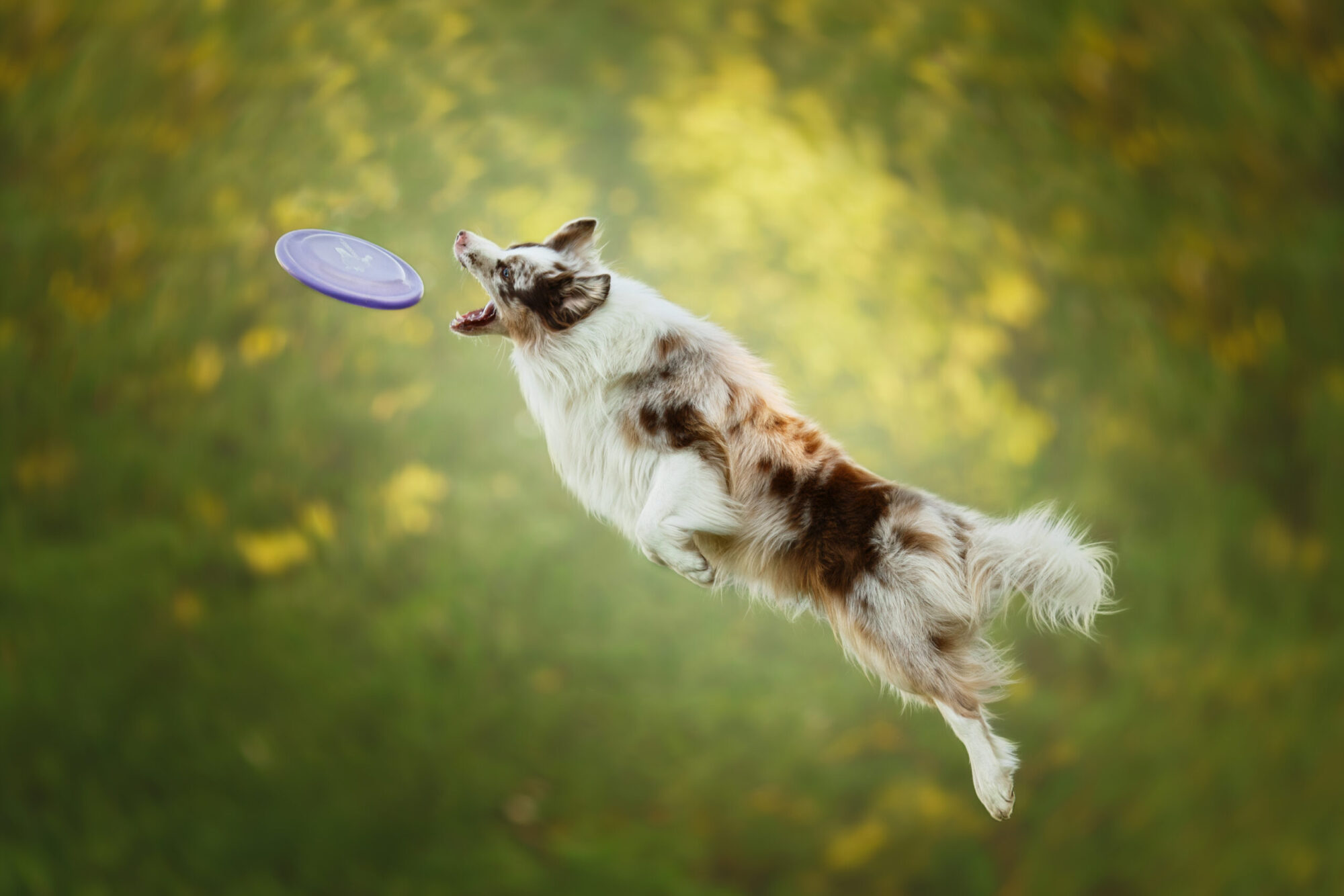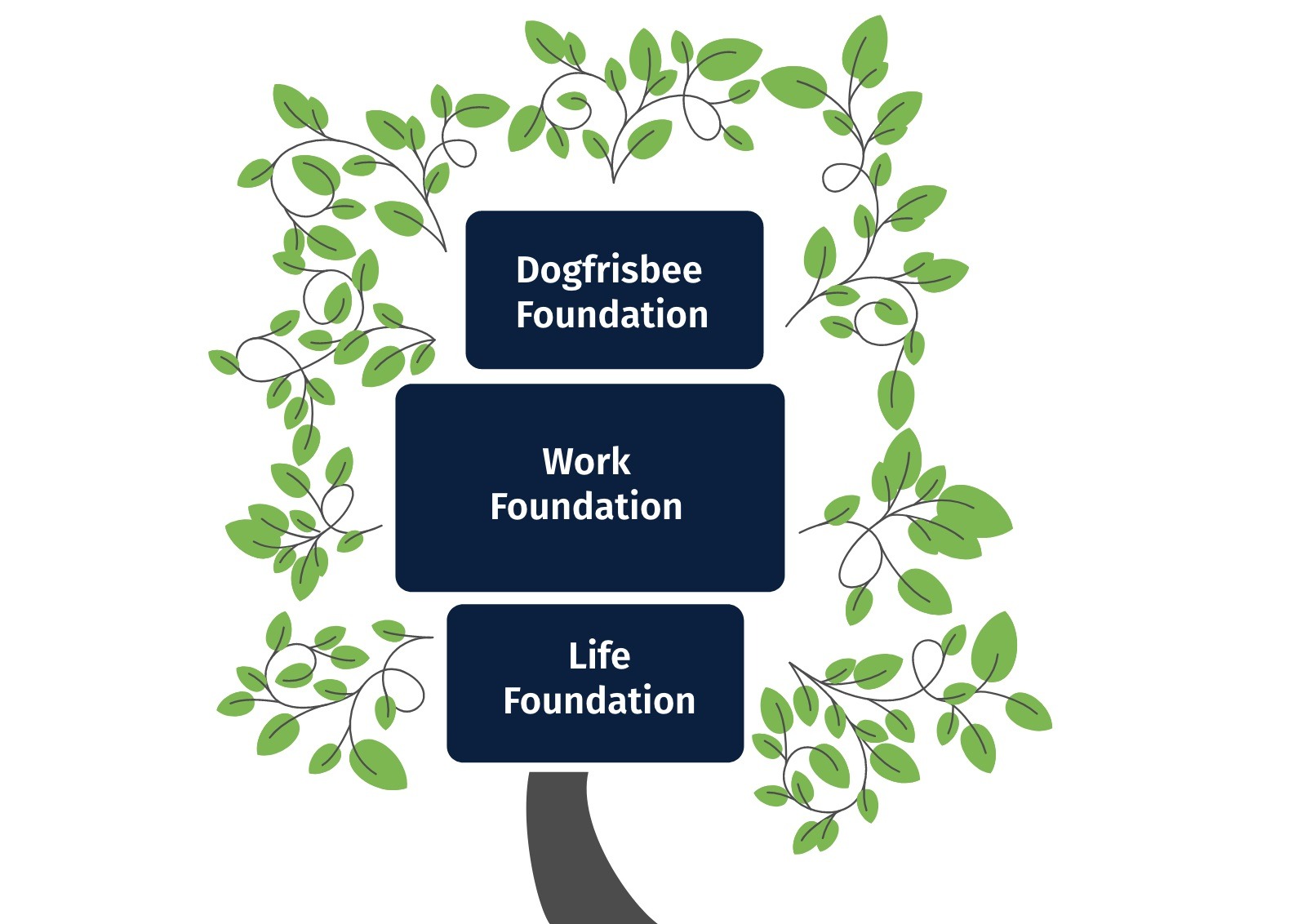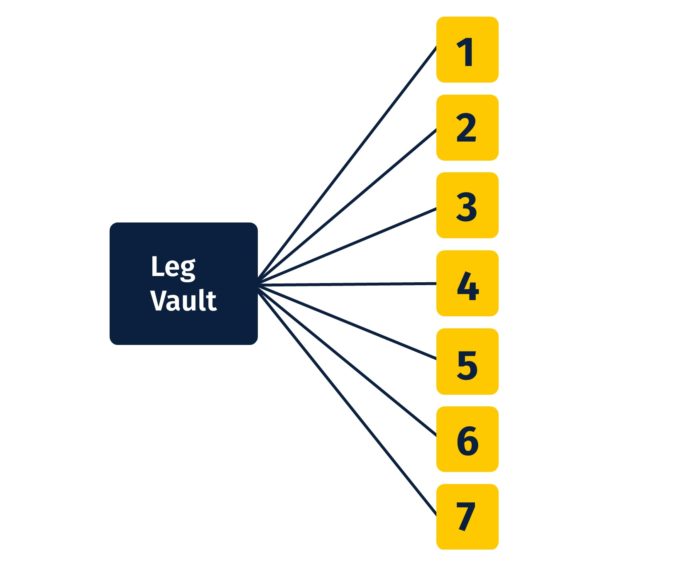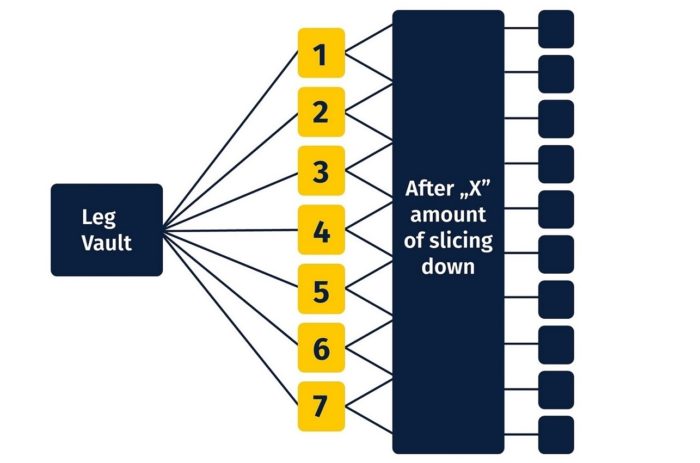What is sport foundation?
Introduction — foundation behavior for dogfrisbee
Lately, I keep thinking about foundations. At first, this topic might sound simple, but when you start thinking and categorizing what is what it starts to be more and more entangled. At least that’s what I think. I will refer mostly to the dog frisbee foundation as it’s my main area of expertise, but it will be useful for every sport.
The first thought that comes to my mind, when someone asks me what dog sport foundation is, “stuff you teach to make future harder exercises possible.” It doesn’t make any sense to teach a puppy how to jump if it still has problems with balance while walking. Right?
Let’s go one step further. If I had a new student, a team that I’ve never seen before and they would like to train Frisbee. The first thing I would ask them is to show me how they tug. Okay, so is tugging a foundation behavior for dogfrisbee?
That’s a good question. And another one that comes to my mind is what is a criterion to label something “a foundation behavior” in dog foundation training. Blindly picking exercises that are commonly useful in preparing dogs for the sport and calling them foundation doesn’t seem right. We could start tossing things like tugging, exchanging toys, trucking toys in the air, proprioception, dropping, slowing down, speeding up, etc. It is something. We can get an idea of where to start and also a pretty good result with it, but it’s still an unorganized mess. It’s far from a perfect definition.
What you need to know about dog foundation training?
It was a pretty chaotic brainstorm, but I see a few pointers in the right direction. First, we need to define what a foundation is? What criteria have to be met to label something a foundation skill/behavior? Second, how are we going to present this information? Meaning visual representation of sports foundation. As an example, you probably have heard about tree analogy. You start with one thing, and then the more specific you go, it splits into more and more branches. I like to have a visual representation of what I’m doing. I find it much easier not to get lost in my thoughts. Thirdly I will pick an actual foundation for Frisbee.
I will write it again in points for clarity:
- The definition of foundation and criteria for it
- Visual representation
- Collection of actual foundation for dogfrisbee
Before we go further, I want to mention that I’m not saying that it’s a perfect definition. Maybe there is no such thing as “perfect,” but it’s the best I could think of at the time I was writing it.
The Definition of Foundation
We need something to start with. We can all agree that calling a few behaviors is not enough for creating a well-structured definition of foundation. As I said, we could go with tugging as a starter. But what if your dog can’t even focus on you? If we say that, then tugging starts to seem less important. Ok, so we need to train focus and engagement first… But we can push it even further what if, for example, your dog is aggressive and going out is stressful. Then sports training overall starts to seem less important because we can’t function in typical situations.
All of it seems logical, but wait a moment. We could rephrase it into “aggression training is a part of dogfrisbee foundation”… That’s super weird and can not be accurate. So what about categorizing different foundations. We can say that to build a good dogfrisbee foundation; we need to:
- Have a strong foundation in life skills (aggression would be a part of it)
- Then we need “work foundation” (all behaviors that are included in the label of “focus.” Basics for any kind of dog-human interaction)
- And only with those two above building dogfrisbee foundation can lead somewhere
*As I said, I will be talking mainly about dogfrisbee foundation, but foundation skills for life and “work” are huge topics in itself.
Visual representation of dog foundation training
I now that we didn’t finish creating our definition, but it’s a good time to introduce a visual representation and start understanding it as a whole.
Let’s go with tree representation. When I look at a tree and all branches, I consider them all things a learner can do at a time of looking at it. The tree can grow bigger, and branches can get thicker, and more branches can grow out of them. Also, if one branch has not enough nutrients, it will die and fall off. Of course, I’m referring to building new behaviors and behaviors that are based on previous once. Dead branches represent behaviors that were thought but rarely used and therefore forgotten.
Where the word “foundation” fits in? We have to remember that it’s a label. We can’t measure a foundation, but we can measure individual parts of it. We can say that behavior a, b, c, d is a foundation for sport “Y,” and we can study individually a, b, c, and d. With that being said, “foundation” for anything has to be a collection of measurable behaviors (btw. This sounds like a good introduction to our definition).
Visual representation of it is a collection of branches. Each branch is a behaviour your dog can do. We can call four branches by the names a, b, c, d, and label collection of them as the foundation of “…”.
Going back to what we’ve said about life skills, work foundation and dogfrisbee foundation, it would look like this. In each circle (foundation), you can see individual branches (behaviors). We can’t grow branches of work foundation if life foundation branches aren’t there. The same goes for the dogfrisbee foundation in relation to the work foundation. The closer we are to the trunk, the more essential behaviors for survival we will see.
Commonly speaking, we need to teach our dog how to cope with the environment in daily life. Then build communication with one another how we can understand each other and have fun while doing it. And only after that, we can start adding more and more specific criteria that eventually will become those insane behaviors that we admire.
The Definition of Foundation
Back to the definition. We have a useful starter from the previous chapter, “foundation for anything has to be a collection of measurable behaviours.” We can’t teach a label, but we can teach behavior. That would be the first criteria.
If we take a look at our tree on the very top, we can see all the cool-looking stuff. Final products of our teachings. Beautiful heeling, amazing vaults, or perfect marking behavior for scent work. If we focus our sight on one of them and start going down, eventually, we will see just a few branches. From them, all of the cool stuff started growing. Those few branches will be our foundation of “pick your sport.”
Let’s translate this tree analogy with a leg vault example (video for those who don’t know this behavior).
If we take a final behavior like a leg vault and start dissecting it into
According to the definition, if we keep analyzing, keep slicing it up, we will eventually end up with foundation behaviors (entirely black rectangles).
How many behaviors is that?!
It might seem like there is a ton of those behaviors, and it will take a lot of time. I look at it as an investment. Every advanced/final behavior starts with them. Build, let’s say teaching a leg vault will also have a lot of carryover to different moves. You probably saw a dog that seems to know everything. New trick and few repetitions after he is doing it fluently. That’s how a good foundation makes a learner look like.
Take a look at the next graph. The numbers of rectangles are random. It’s just a visualization. We started with a leg vault (note I’m not saying that first thing you teach has to be leg vault. It’s just an example) and we taught four individual behaviors, after that we start teaching rivers vault (blue color) and a dog already had a pretty good idea of what to do. Two behaviors taught in leg vault carried over to rivers vault so that we just needed to teach two more things. Next is over (on red), and here we have almost everything. One more thing, and we have a complete move. It starts to get easier and easier with each behavior, and it all is possible only if we have stable foundation behavior.
Pros of a good foundation for dog
We know what does it give to a dog. It makes them look awesome when they learn such difficult things so fast. But are there advantages for us?
I would say yes. First, if we know what our sports performance is based on, we have a better idea of what we are teaching and why we do it. On top of that, if something is going wrong, we can always start looking back. “Slicing down” and find a missing/broken element. Then we know why a dog doesn’t perform well, and we can start working on it instead of being lost and having no idea what to do to fix it.
Dogfrisbee foundation
Even though we created a definition for foundation picking individual pieces is still a challenging task. Looking at how difficult things our dogs do during Frisbee’s performance, common sense tells me that foundation will be brought. There are just tons of things our dogs do while playing Frisbee.
When I think about the foundation for Frisbee, my mind screams tugging. I’m probably addicted to playing tug too. Well, it’s better than drugs.
Anyway… Tugging is the right direction. It’s a basic reinforcement used during play, and it teaches a lot of things. I can’t imagine preparing my dog without it. But it doesn’t fit the criteria. We can dissect tugging into smaller pieces of behavior. Like:
1. Catching a toy (the dog has to do many movements to not only get to the toy but also put the body in a position favorable to catching. We could cut it down even more)
a. Proprioception skills (knowing where it’s body is in space)
b. Predicting a distance (I’m moving with this speed, so I do “x” strides before I catch)
c. Moving accordingly to toys trajectory/position
2. Holding a toy (closed jaws, firm grip)
3. Tugging
a. Moving in such a manner that will lead to “winning” a toy
With all that let’s build our foundation
1. Catching a toy – it can be at first stationary and then we can add a movement, speed, various trajectories. If we make sure that our dog will find a way to catch a toy in our hands, it’s a great indicator that he will do the same with a flying disc.
We can create many different situations for practicing this skill. The more we do, the better our dog will be when we start asking for more advance stuff.
Does it fit the criteria? We can describe it according to the situation, and every final behavior involves a dog to move the body to get to the disc. Check!
1. Holding discs- any move require a dog to keep a disc in such a manner that it doesn’t make moving harder and a disc stays in his jaws without much movement at all time. Any toy play trains it indirectly. Btw. You can see why tugging is so great. It covers a large part of the dogfrisbee foundation.
2. Speeding up/Slowing down- dogfrisbee is a very dynamic game. The dog doesn’t have much time to increase his speed. Most of the time, ours is either sprinting with full speed or slowing down to almost stationary positions.
3. Weight shifting- weight shifting in any direction is an excellent exercise for Frisbee. Advanced weight-shifting skills are necessary for safe air time. This skill allows our dog to change the position of their body while flying.
To be honest, I have to admit that I don’t think that it’s the whole foundation. I almost sure that this list will expand in the future. There is still a lot to uncover, and that’s what excites me the most!
See also other posts:
June 30, 2023
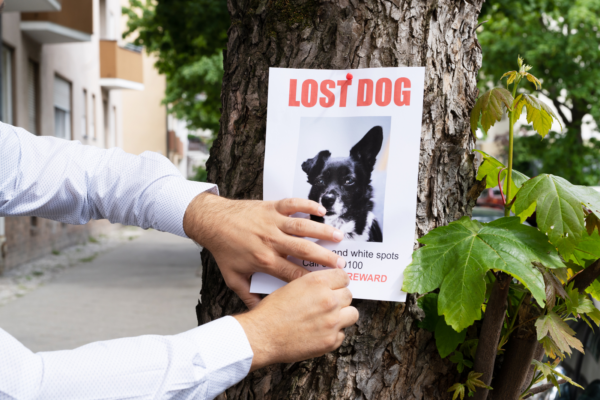
Get Your Lost Dog Back Home Quickly: Follow These 12 Tips for Success
Vacations favor more frequent and longer walks with our furry friends. We travel, visit new places. Summer makes us loosen our brakes and allow our…
June 30, 2023
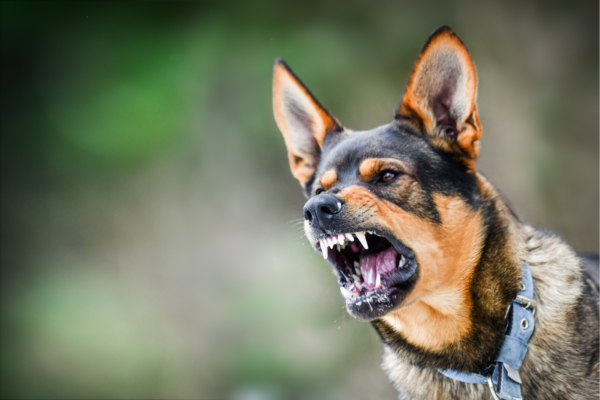
Managing Aggressive Dog Behavior: Tips for Peaceful Living
Living with an aggressive dog may seem challenging, but it can be peaceful and manageable with the right approach. One key aspect is to remain…
June 30, 2023
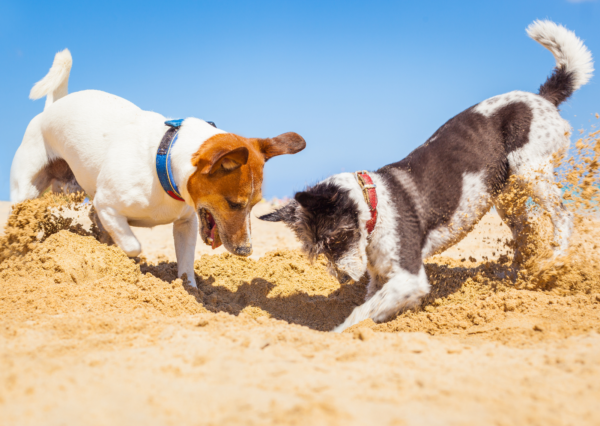
Unlocking the Secret to Successful Puppy Socialization: Quality over Quantity
Today, although the topic is very important, I will keep it brief. Socialization is a topic that could fill books or scientific papers. However, today…

